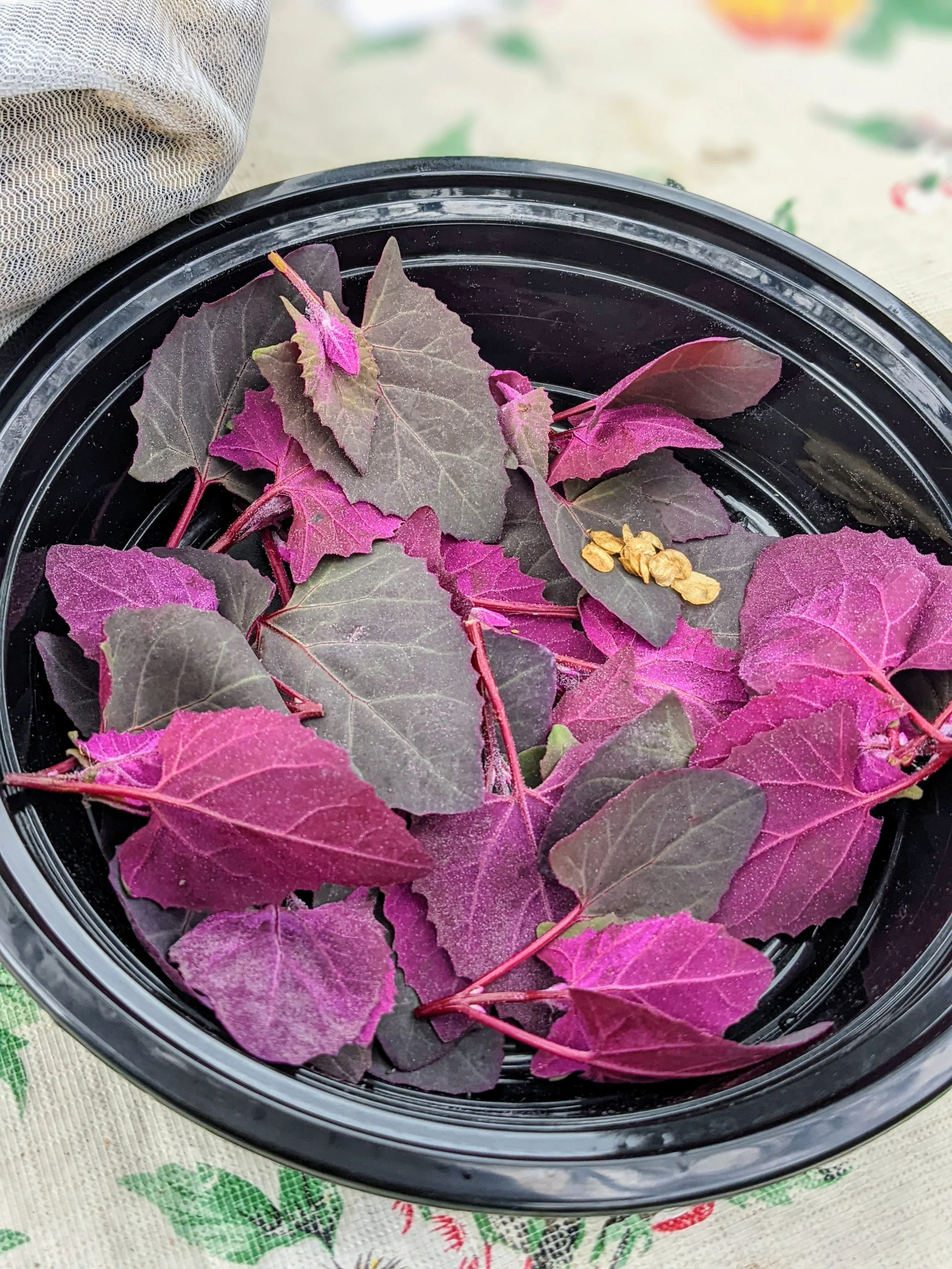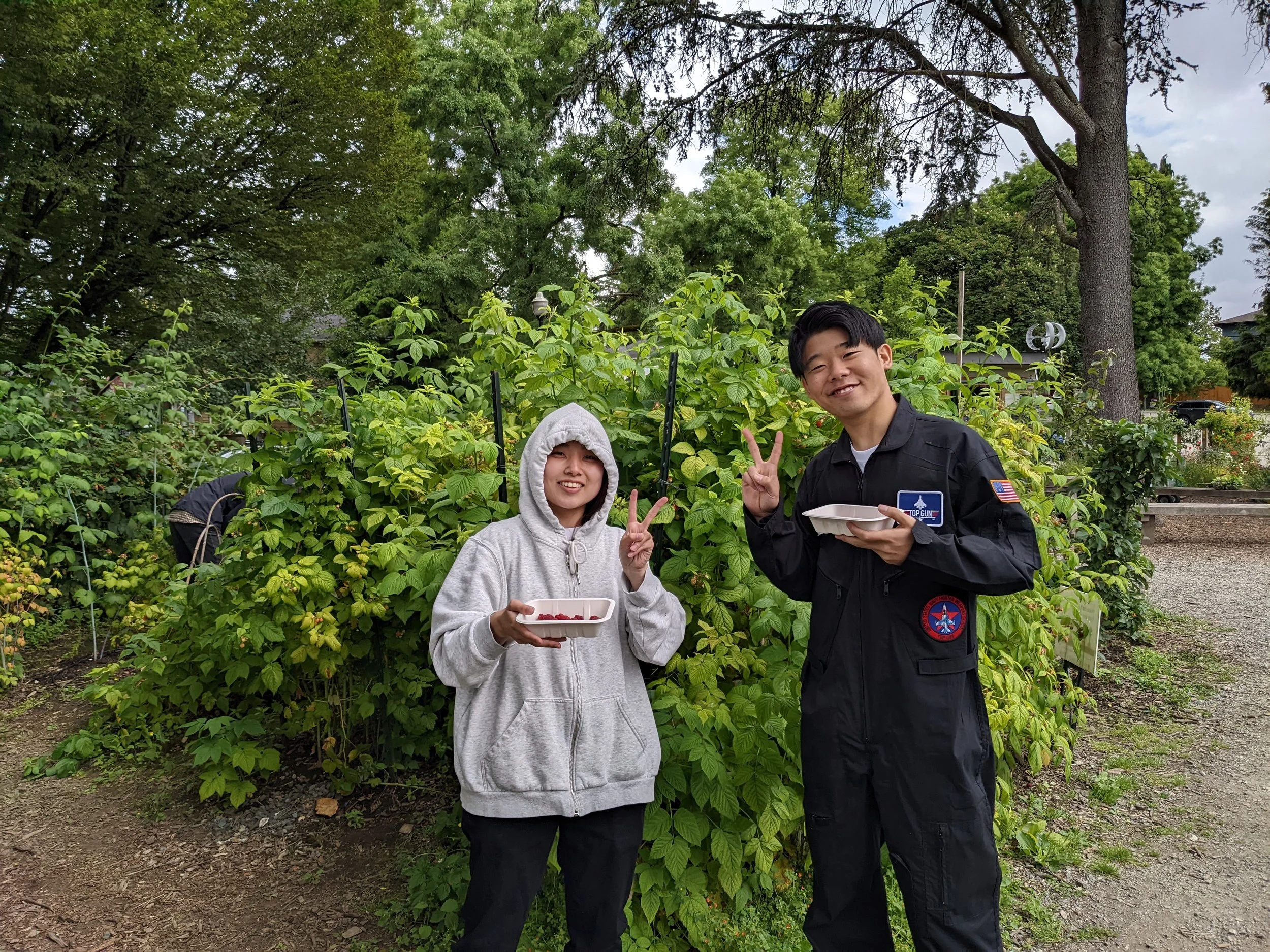Today we welcomed 22 new explorers into the garden! We began with a discussion on companion planting with the blueberries and strawberries. Everyone got to try one blueberry each, yum! We all exclaimed a big thank you to Amy and Rita for going in and watering the plants to keep the garden looking healthy.
In the garden we then asked each other, are humans part of nature? Some said yes, because we take care of the planet. Some said they weren’t sure if humans were part of nature. Then we asked, where humans do humans come from and how do we fit into the natural world around us? We talked about how the world became oxygenated long ago by cyanobacteria to support all sorts of life. How the plant was once connected into one supercontinent called Pangea. Then how the world became populated by tree-like trees in the Devonian period! We talked about the history of the planet’s geology. Lastly, we thought about how we and many other species diversified, dispersed, and adapted over time until we got here. In the very core, we are a part of nature!
Being part of nature, we discussed how humans have used plant materials to express and build our cultures. In that fashion we made and decorated crowns out of willow and fireweed stems!
Everyone looks so majestic adorned with crowns!
Crowns adorned, we then went into the garden to plant nasturtiums, kale, and beans we started together several weeks ago. We also weeded the paths. Plants were chopped and compost was turned, what a wonderful day for our budding naturalists!
Jan
Chopping up materials for the compost!
Taking turns planting kale
Discussing, “what is a weed?” while weeding!
Into the ground the beans go!














































